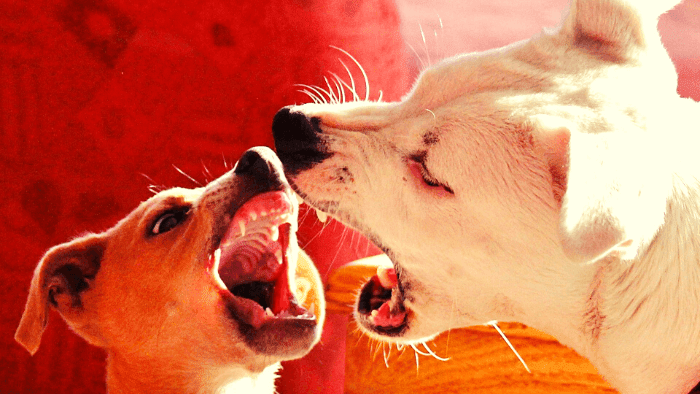How To Stop Your Canine From Barking- Training Your Canine To Keep Quiet
Quieting a barking canine is a quick and easy process. Really. It also does not bring any plutocrat. But it's not an egregious process- substantiation the numerous tykes barking all the time in premises , neighborhoods on road corners, with their possessors lugging at their leash and yelling at them and the tykes fully ignoring their commands. My canine was driving me crazy until I learned how to stop his barking.
My canine barked and whined all the time, and it was a strain( husky), that was known for making a lot of noise. The situation was especially bad when the doorbell chimed or he saw nonnatives. It was nearly insolvable to stop him once he started, and if there was another canine involved, forget it- my canine would yap his head off until the tykes were separated and out of sight.
One weekend, however, my friend came over to visit. She worked at the Chicago Zoo and knew creatures better than anyone I had ever seen. In an hour she had my canine fully quiet, and she tutored me how to do it, too. One hour to break a problem that was driving me crazy for the last three times!
The secret isn't intuitive. First you educate the canine to bark(!) I allowed my friend was insane when she told me this. Obviously my canine knew how to bark because he barked and whined all the time. But she explained that while my canine barked a lot, he could not bark on command. First she tutored him to bark on command, and also she tutored him to be quiet on command. The whole process took lower than an hour. My canine is enough smart, so it may take your canine longer, but still, it's an incredibly effective fashion, and now, two times latterly, my canine still does not give me trouble. What a great autumn!
☑ Small Dog Travel Guide
☑ Top 10 Canine Types Around the World
There are two rudiments at work then positive underpinning and intermittent underpinning. Positive underpinning teaches the geste , and intermittent underpinning keeps the geste endless. Negative underpinning is just not a strong debaser of geste . Negative underpinning like shock collars or sayingNo does work to a certain extent, but studies have shown it to be about 10 times lower effective than positive underpinning.
Everything she did was veritably clear and precise, which was much of the reason she got her results so snappily. Your results may vary, but the clearer and more precise you can make everything, the better.
First, go on a long walk with your canine to get him a lot of exercise. Your canine can not learn when he is all rankled up.
tutoring your canine to bark also get a box of treats. also look at your canine. When he barks, incontinently praise him and give him a treat. Do not let any time end between the dinghy and the treat. Enough soon he will be barking a lot. Right now, the geste is coming before the cue. Shape the geste first, and also add your cue.
Tutoring your canine to bark on command also go down for a many twinkles and come back. Ignore his barking and ignore everything differently he does. Just stand there, doing nothing, not awarding him at each, not indeed looking at him. It may take a long time, but ultimately your canine will calm down, stop barking, and start doing his own thing. Once your canine calms down and stops barking, start working with him again. This time, only give him a treat when you say Speak and point at him, and also he barks. 1. Verbal command and point. 2. Dinghy. 3. price. Do not give him a treat for just barking on his own. This part will take a while, but he'll ultimately understand the command. You are awarding him for geste he formerly is fitted to do, you are just associating a command with it.
tutoring your canine to be quiet Go down for a many twinkles, and also come back. He will presumably be barking a lot when you come back, but again, stay completely still and do not award him at all( no praising, no eye contact, nothing). Once he stops barking, count to five sluggishly to yourself. You may have to stay a long time before he will stop barking enough so a full count of five, but it'll be ultimately. Once you can count to five without any barking, also award him with praise and a treat. Notice that at this point, the geste comes before the cue. Shape the geste first, and also add your cue.
tutoring your canine to be quiet on demand Keep that up for a while until the geste sinks in, and also add the command. When he is not barking, hold up your hand as if you are motioning someone to stop, and say the command Quiet. still, also give him a treat and praise, If he is quiet. So the order is 1. Verbal command and hand signal. 2. Canine is quiet. 3. price. Soon your canine will know how to be quiet on demand.
After a while, the treats will not be necessary, and indeed verbal praise will not be necessary every time. The praise at irregular intervals is the intermittent underpinning part of the picture, and is veritably important. Intermittent underpinning works better than if you award geste every single time.
Soon you will have a canine that will go completely quiet when you tell him to!



0 Comments: